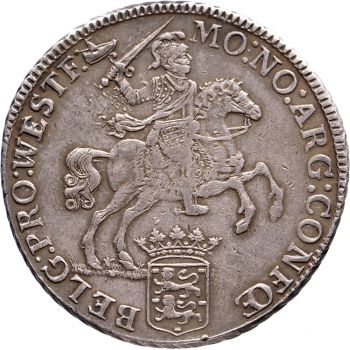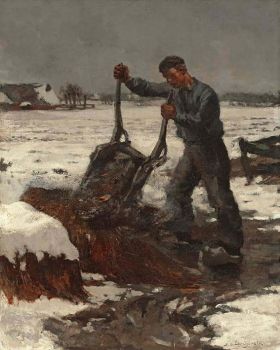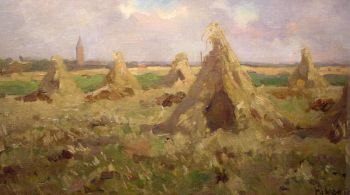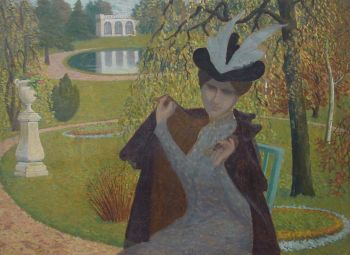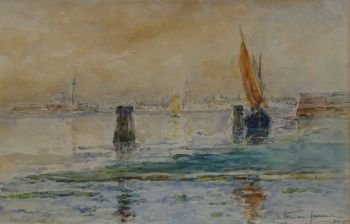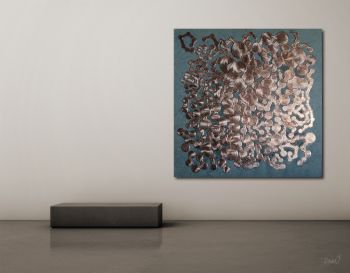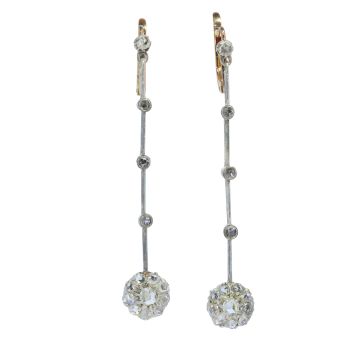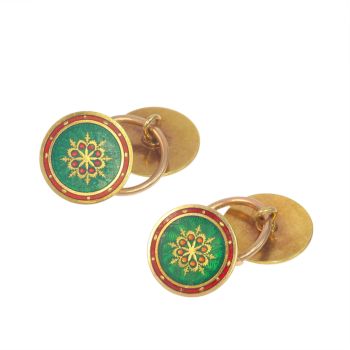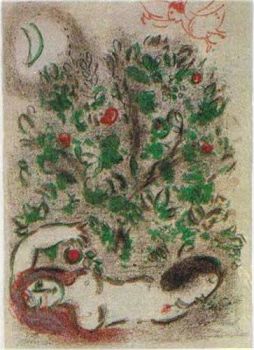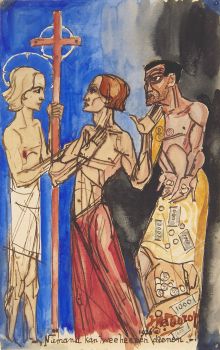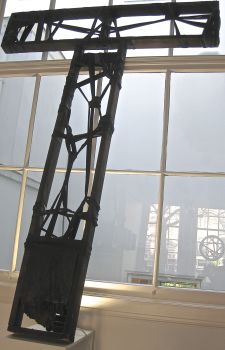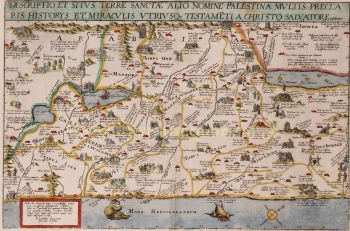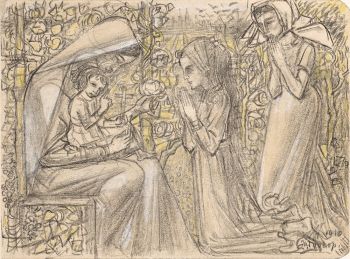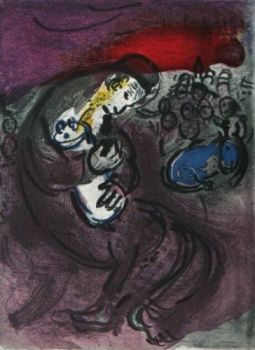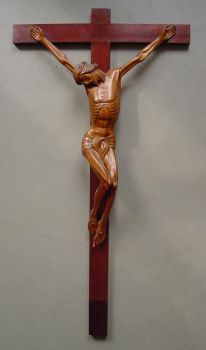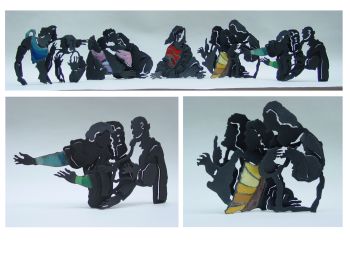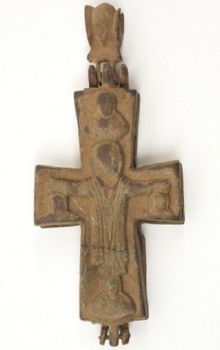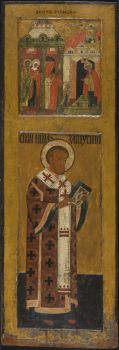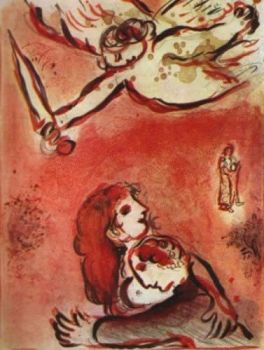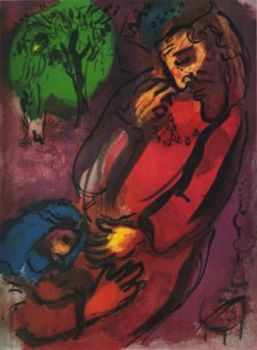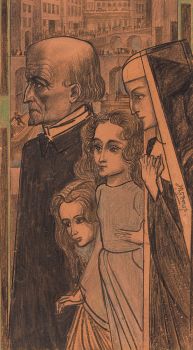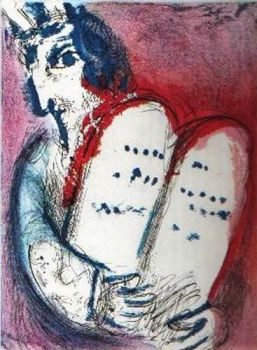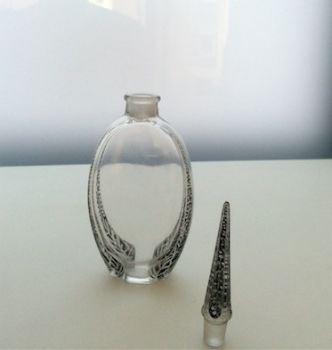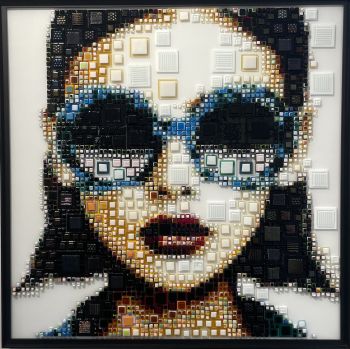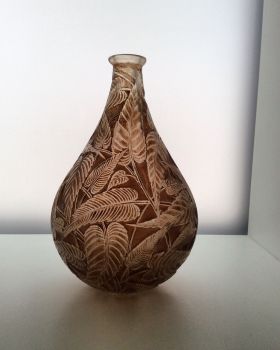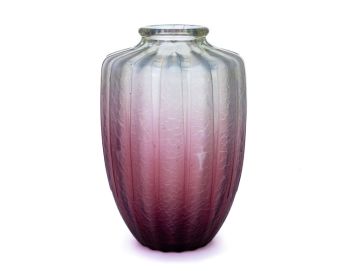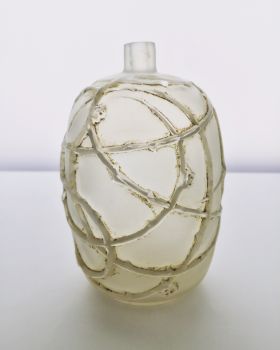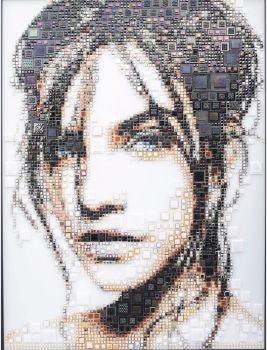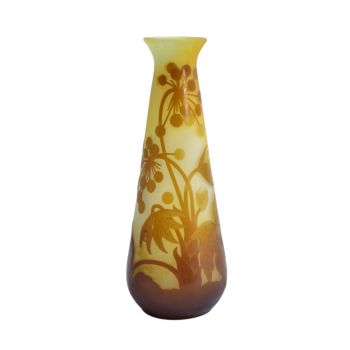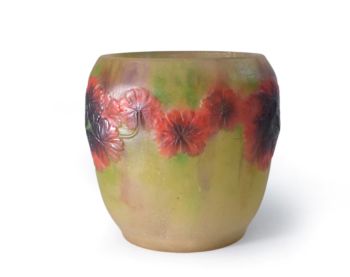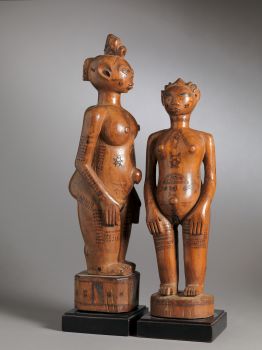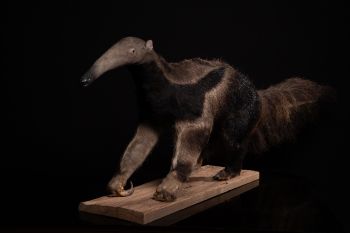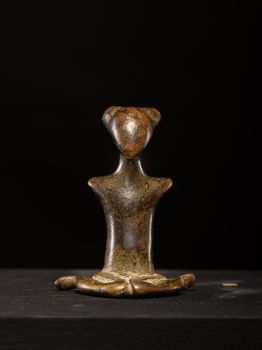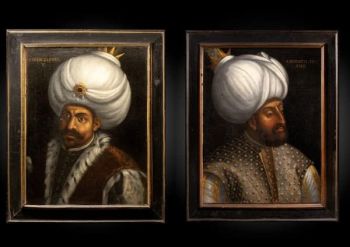EIGHT NEO-GOTHIC STAINED GLASS WINDOWS WITH SUSPENSION EYELET, 19th C, BELGIUM. 1850 - 1900
Unknown artist
GlassStained glass
163 ⨯ 73 cm
Price on request
Spectandum Gallery
- About the artworkIn the 19th century, the romantic surge revived interest in medieval art, leading to a renewed admiration for the stained glass windows of Gothic churches. New churches and monasteries were erected in a neo-Gothic style, where stained glass played a crucial role. Stained glass workshops thrived in various Belgian cities, with notable artists such as Jean-Baptiste Capronnier in Schaerbeeck, Samuel Coucke and Henri & Jules Dobbelaere in Bruges, Jean-François Pluys in Mechelen, as well as the workshop of Jean-Baptiste Bethune and Arthur Verhaegen in Ghent. Artists like Charles De Groux and Constantin Meunier also contributed as designers of cartoons for the stained glass. The stained glass in question has been carefully cleaned and placed back in new lead frames, giving it an excellent current condition. A hanging loop allows for easy hanging, and it is also possible to position it vertically.
Saint Nicholas of Bari (born in Patara around 260-270 and died in Myra around 335-337) is known for his generosity towards children, bringing them gifts on December 6th. He is also famous for bringing back to life three theology students who had been murdered by an innkeeper and preserved in a brine container. The two-fingered blessing gesture in his representation refers to the two natures of Christ, divine and human.
Bernard of Clairvaux (born in Fontaines in 1090 and died in Clairvaux in 1153) embraced monastic life at the age of 21 by joining the monastery of Cîteaux in 1112. Endowed with remarkable intellectual abilities and remarkable eloquence, he was tasked by the abbot to found the monastery of Clairvaux. His advice was sought by many ecclesiastical and lay leaders, and he contributed to the expansion of the Cistercian order throughout Europe. Recognized as a Doctor of the Church, Bernard of Clairvaux wrote numerous treaties and sermons, in addition to establishing a new rule for the Knights Templar. His main concern was the discipline of the clergy, which led him to write a spiritual manual for priests and bishops. Considered a genuine mystic, he saw the union of the human soul with God as the ultimate purpose of life. Legend has it that he received a vision of the Virgin Mary offering him her mother's milk to fortify him. In artistic representations, Saint Bernard is usually depicted with an abbot's staff and a book containing the Cistercian rule, reflecting his influence and spiritual contributions. His mystical vision is also a common motif.
Saint Martin (born in Szombathely around 316 and died in Candes around 397) is famous for his act of charity where he divided his cloak in two with a beggar. However, in this stained glass, the artist chose a less common iconographic representation. Saint Martin is depicted as a bishop, wearing a miter and holding an episcopal staff. According to legend, Martin was lured to Tours under false pretenses to be consecrated as bishop. Refusing to assume this ecclesiastical office, he hid in a barn with some geese. However, the birds' chirping betrayed his presence, and he eventually received his episcopal consecration. The presence of a goose at the saint's feet clearly refers to this legendary episode.
Jan Berchmans (born in Diest in 1599 and died in Rome in 1621) was the eldest of five siblings. When his mother fell seriously ill, he initially cared for her, but at the age of nine, he was taken in by the town's priest. After a few years, he went to Mechelen to become a servant to a canon, which also allowed him to begin his studies at the seminary for priests. Later, he joined the Jesuits of Mechelen and obtained their permission to study philosophy in Rome. In the Eternal City, he devoted himself to teaching the faith to children in the popular neighborhoods. He died of illness at the age of 22. Saint Jan Berchmans is now venerated as the patron saint of schoolchildren and students.
Saint Roch (born in Montpellier around 1295-1300 and died around 1327-1380) is famous for being born with a birthmark in the shape of a cross on his left hip, interpreted as a divine sign. After the death of his parents, he distributed his wealth to the poor and went on a pilgrimage, dedicating his life to caring for plague victims. It is said that he healed some of them by making the sign of the cross, earning him the invocation as a protector against the plague.
Saint Clare of Assisi (born in Assisi in 1194 and died in 1253) founded the monastic order of the Poor Clares and became abbess in 1216. She led a life of austerity and isolation from the world with the sisters of her order. When the city of Assisi was threatened by the Saracen army, she fervently prayed before a monstrance for the safety of her monastery and the city, which helped repel the enemy without causing harm. The stained glass represents her with her radiant monstrance.
Charles Borromeo (born in Milan in 1538 and died in 1584) grew up in a noble family and reached remarkable ecclesiastical heights from a young age, becoming cardinal and archbishop of Milan at only 24. His writings played a crucial role in implementing the Church reforms stemming from the Council of Trent. Notably, he published a new catechism and influenced the construction of Baroque churches with his work on the design of religious buildings entitled "Instructiones Fabriacae et Supellectilis Ecclesiasticae." During the plague epidemic that struck his diocese in 1576, Charles Borromeo devoted himself to caring for the sick, earning a reputation for being invoked by those afflicted with serious illnesses.
Angela Merici (born in Desenzano del Garda in 1474 and died in Brescia in 1540), a devoted Italian, taught religion, healthcare, and household skills to young women. She is the originator of the Ursuline monastic community, which played a crucial social role in founding schools and orphanages. Saint Angela died in Brescia in 1540, hence the representation in the stained glass of the saint accompanied by a young girl at her side. - About the artist
It might happen that an artist or maker is unknown.
Some works are not to be determined by whom it is made or it is made by (a group of) craftsmen. Examples are statues from the Ancient Time, furniture, mirroirs, or signatures that are not clear or readible but as well some works are not signed at all.
As well you can find the following description:
•“Attributed to ….” In their opinion probably a work by the artist, at least in part
•“Studio of ….” or “Workshop of” In their opinion a work executed in the studio or workshop of the artist, possibly under his supervision
•“Circle of ….” In their opinion a work of the period of the artist showing his influence, closely associated with the artist but not necessarily his pupil
•“Style of ….” or “Follower of ….” In their opinion a work executed in the artist’s style but not necessarily by a pupil; may be contemporary or nearly contemporary
•“Manner of ….” In their opinion a work in the style of the artist but of a later date
•“After ….” In their opinion a copy (of any date) of a work of the artist
•“Signed…”, “Dated….” or “Inscribed” In their opinion the work has been signed/dated/inscribed by the artist. The addition of a question mark indicates an element of doubt
•"With signature ….”, “With date ….”, “With inscription….” or “Bears signature/date/inscription” in their opinion the signature/ date/ inscription has been added by someone other than the artist
Are you interested in buying this artwork?
Artwork details
Related artworks
Unknown artist
A JAPANESE SMALL SAWASA 'PEACH-FORM' CRUCIBLE CUPearly 18th
Price on requestZebregs & Röell - Fine Art - Antiques
Unknown artist
A JURUNA TRIBE FEATHER HEADDRESS1900 - 1950
Price on requestZebregs & Röell - Fine Art - Antiques
1 - 4 / 12Unknown artist
Enchanting 1870s Vintage Fly Brooch: Victorian Elegance in Gold1870
€ 4.600Adin Fine Antique Jewellery
 Curated by
Curated byDanny Bree
Albert Clouard
Élégante à la cape (Elegant lady with a cloak)1866 - 1900
Price on requestKunsthandel Pygmalion
Carel Nicolaas Storm van 's Gravesande
View on Venice1841 - 1924
Price on requestKunsthandel Pygmalion
1 - 4 / 24Unknown artist
A JAPANESE MODEL OF A NORIMONO, A PALANQUIN1650 - 1700
Price on requestZebregs & Röell - Fine Art - Antiques
Unknown artist
A IVORY NETSUKE OF A DUTCHMAN HOLDING A COCKEREL18th century
Price on requestZebregs & Röell - Fine Art - Antiques
Unknown artist
A COLLECTION OF FOUR SRI LANKAN IVORY BIBLE BOXES18th century
Price on requestZebregs & Röell - Fine Art - Antiques
Unknown artist
The Stamford Raffles Secretaires.1800 - 1813
Price on requestZebregs & Röell - Fine Art - Antiques
Unknown artist
A RARE COMPLETE INDIAN SADELI INLAID WORK AND WRITING BOX1800 - 1850
Price on requestZebregs & Röell - Fine Art - Antiques
Unknown artist
A SMALL IVORY NETSUKE OF A DUTCHMAN WITH A DRUM1750 - 1800
Price on requestZebregs & Röell - Fine Art - Antiques
Unknown artist
A MARINE IVORY NETSUKE OF A DUTCHMAN HOLDING A CHINESE FAN18th century
Price on requestZebregs & Röell - Fine Art - Antiques
Unknown artist
A GILT-SILVER SRI LANKAN DOCUMENT SCROLL CONTAINER 19th century
Price on requestZebregs & Röell - Fine Art - Antiques
1 - 4 / 24- 1 - 4 / 24
- 1 - 4 / 24
Unknown artist
MATERNITY FIGURE, FANG-MABEA, CAMEROON.PROVENANCE R.CAILLOIS-P.RATTON.1920 - 1930
Price on requestSpectandum Gallery
Unknown artist
Couple Wooden Ancestors Sculptures with Scarifications, Zela People, DRC. 1920 - 1930
Price on requestSpectandum Gallery
1 - 4 / 12













